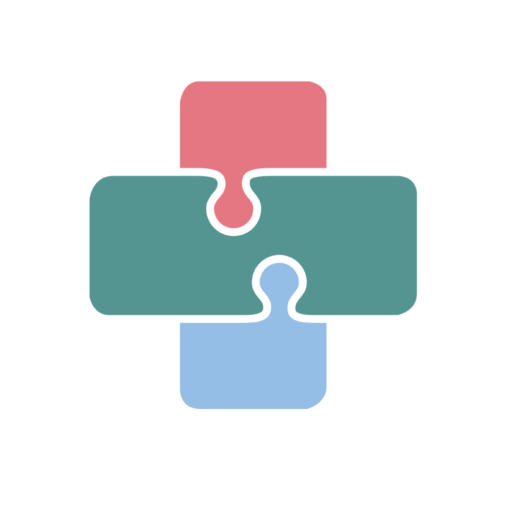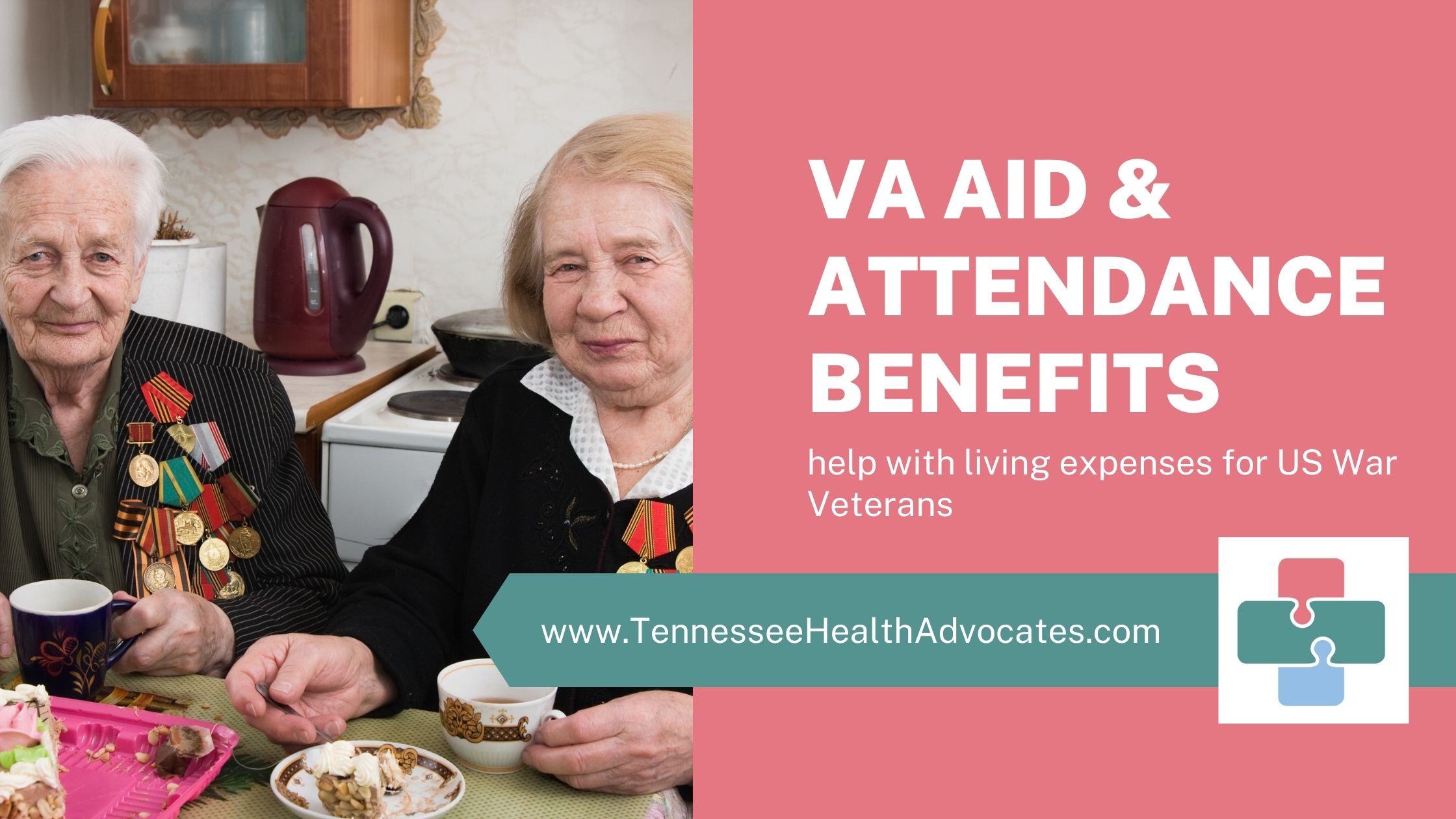My grandma lived alone for several years after we lost my grandpa. Eventually, both her body and mind began to slip. Most of us lived states away and were not in a position to provide the day to day support she needed. Eventually, we had to consider alternative living arrangements. Fortunately, my grandpa was a World War II Veteran; as a result my grandma was awarded a tax-free VA benefit that allowed her to live in an assisted living environment that otherwise she may not have been able to afford. Assisted living is not a covered benefit of most health insurance policies. And while there are some long term care policies that do reimburse for these expenses, we did not have the foresight to have purchased that kind of policy for my grandma. We were very surprised to find out about the Veteran’s Administration Aid & Attendance Benefit. Awareness of this benefit is certainly higher today than it was almost twenty years ago. However, I believe that more awareness is never a bad thing. Today I’m going to share the basics of this program and how you can get more information to find out if this is a benefit you or someone you love is eligible to receive.
What is the Aid & Attendance Benefit?
The Aid & Attendance Benefit is a benefit for wartime veterans and their spouses to assist in paying for medical care to support activities of daily living. In 2023 benefits range from $1432 per month for a surviving spouse up to $3536 per month for two veterans married to each other. The Table below shows more specifics regarding the benefit amounts.
Who | Monthly Benefit Amount |
Surviving Spouse | $1432/month |
Single Veteran | $2229/month |
Married Veteran | $2642/month |
Two Veterans Married | $3536/month |
Who is Eligible for the Aid & Attendance Benefit?
There are three areas criteria required to qualify for the benefit;
- Service criteria
- Clinical criteria and
- Financial criteria.
All three criteria must be met in order to qualify for the benefit.
Service Criteria
The veteran must have served in active duty for at least thirty consecutive days. One of those days must have been during war-time and they must qualify for a basic pension. The veteran must have served on active duty for at least thirty consecutive days. One of those days must have been during war-time. Qualifying war-times are listed below.
Mexican Border Period (May 9,1916 - April 5, 1917) | World War I (April 6,1917 - November 11, 1918) |
World War II (December 7, 1941 – December 31, 1946) | Vietnam Era (August 8, 1964 – May 7, 1975) |
Korean Conflict (June 27, 1950 – January 31, 1955) | Gulf War (August 2, 1990 – Present) |
In addition to the service criteria, veterans must also qualify for a basic pension by meeting at least one of the following:
- Be over age 65 with limited or no income (see more under Financial Criteria)
- Have a permanent or total disability
- Receive Supplemental Security Income
- Receive Social Security Disability Insurance
- Reside in a nursing home
Clinical Criteria
The veteran or surviving spouse must meet at least one of the following four clinical criteria:
- Be bedridden except for medical and therapy appointments or treatments
- Have severe visual impairment
- Reside in a nursing home because of physical or mental incapacity, including Alzheimer’s and dementia
- Require help with some activities of daily living (ADL’s) such as dressing, bathing, eating, using the bathroom etc.
Financial Criteria
There is a maximum net-worth limit of $150,538 in 2023 to qualify for the Aid & Attendance Benefit. This limit includes “countable” income but does not include the primary residence, automobile or personal effects. There is also a 36 month “look back” period to ensure that money was not moved in order to qualify. Both of these criteria were established in 2018. There are also annual income limits (specifics listed below). It is important not to make assumptions about any of these financial criteria. As many things in the healthcare industry, all is not always as it seems. I encourage you to obtain support and assistance in applying for any benefits.
Who | Annual Income Limit |
Surviving Spouse | $17,192 |
Single Veteran | $26,752 |
Married Veteran | $31,714 |
Two Veterans Married | $42,433 |



[…] you’ve found these tips valuable, check out VA Aid & Attendance Benefits. All of my posts are crafted to empower you on your healthcare advocacy journey. Explore and absorb […]